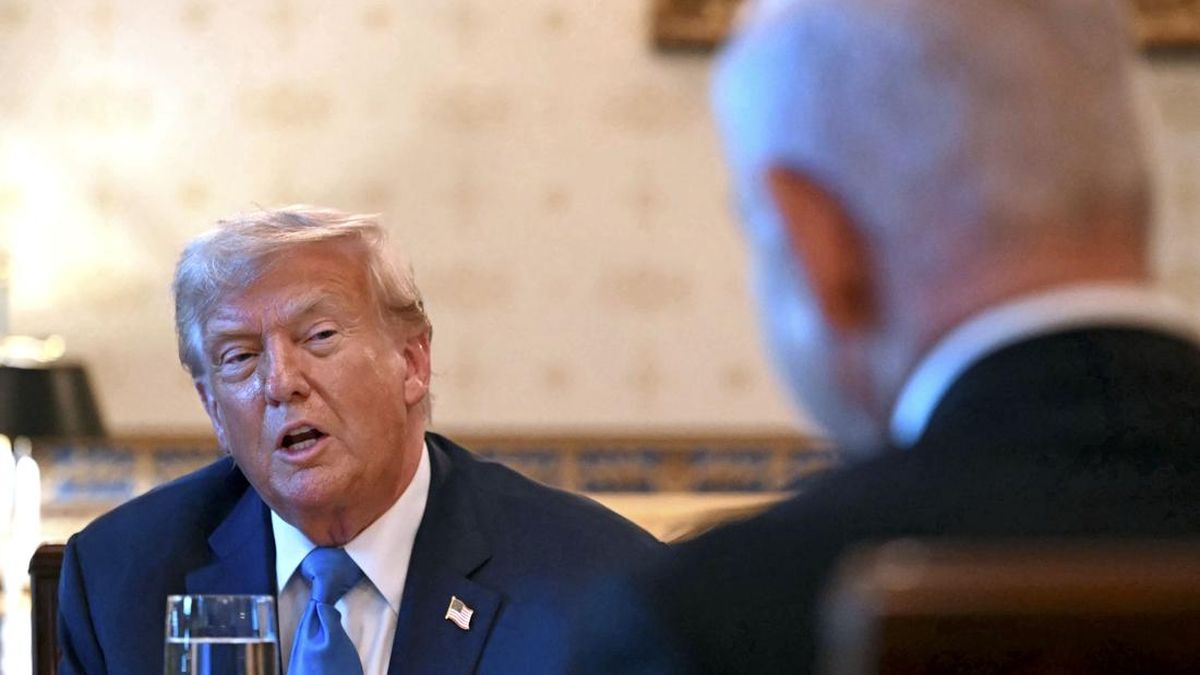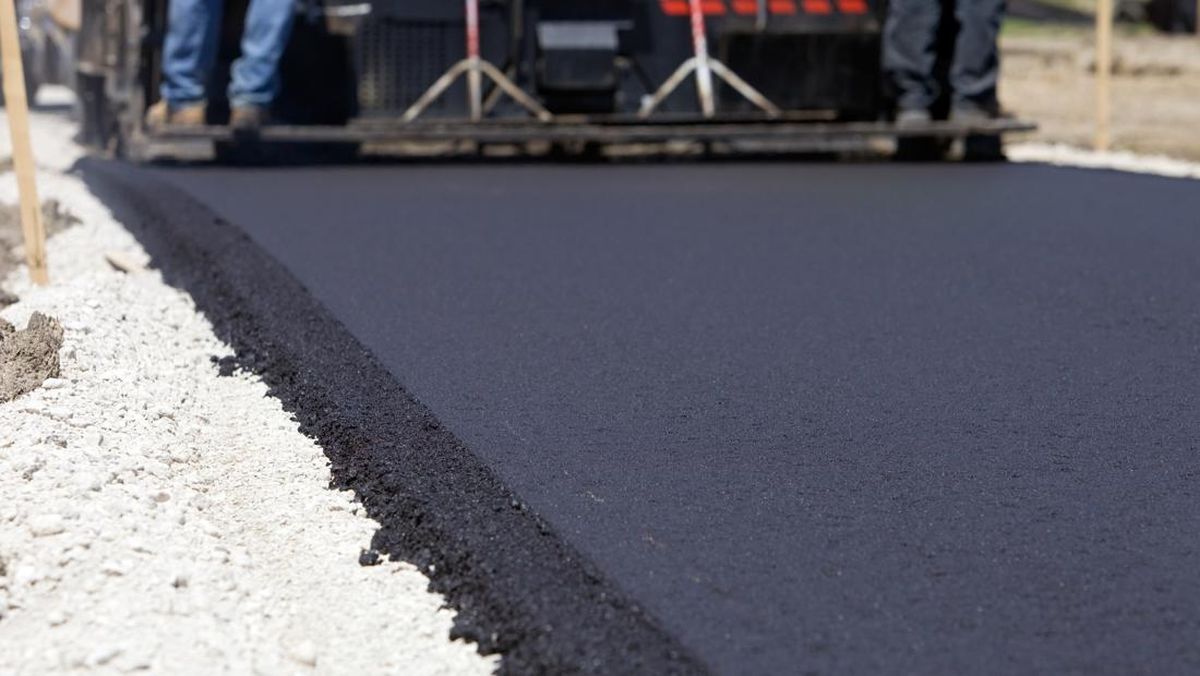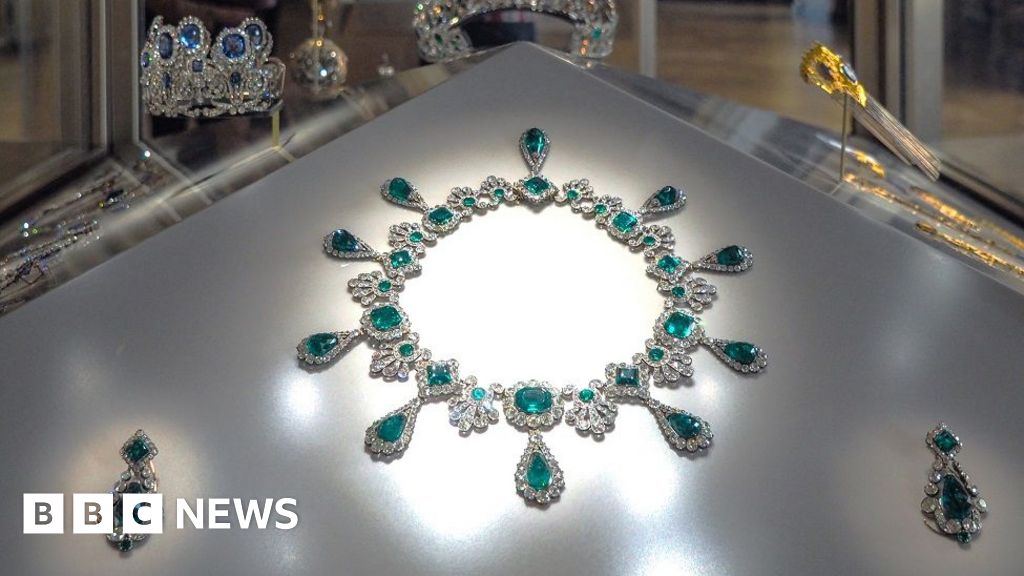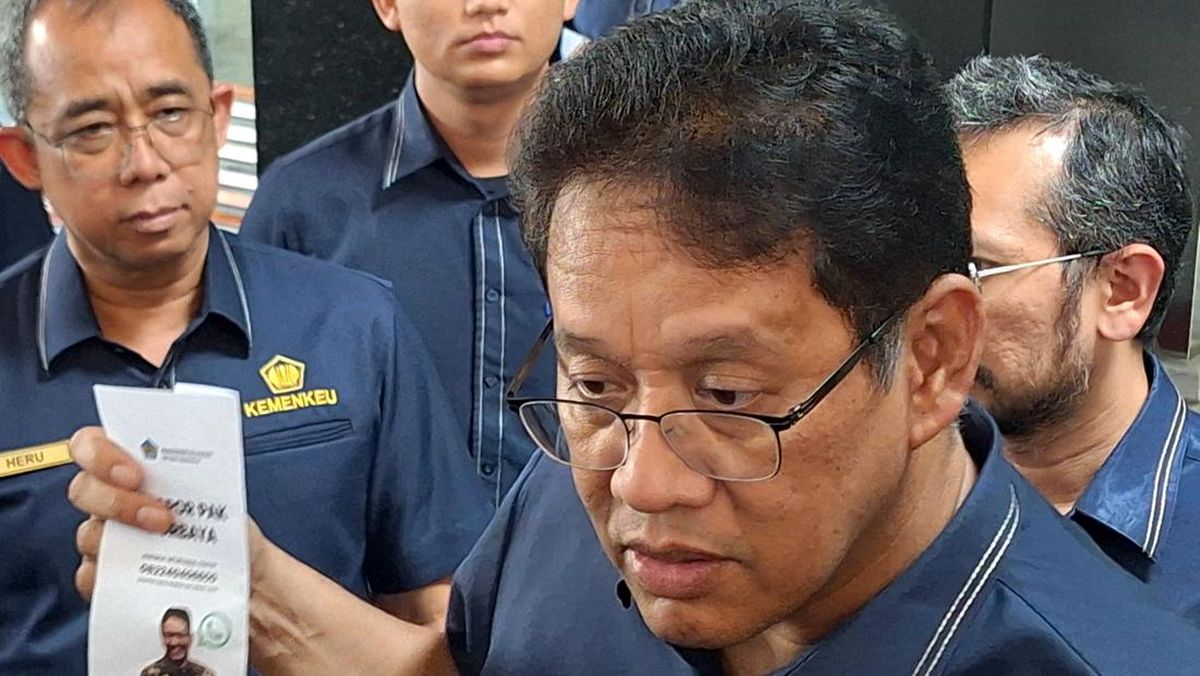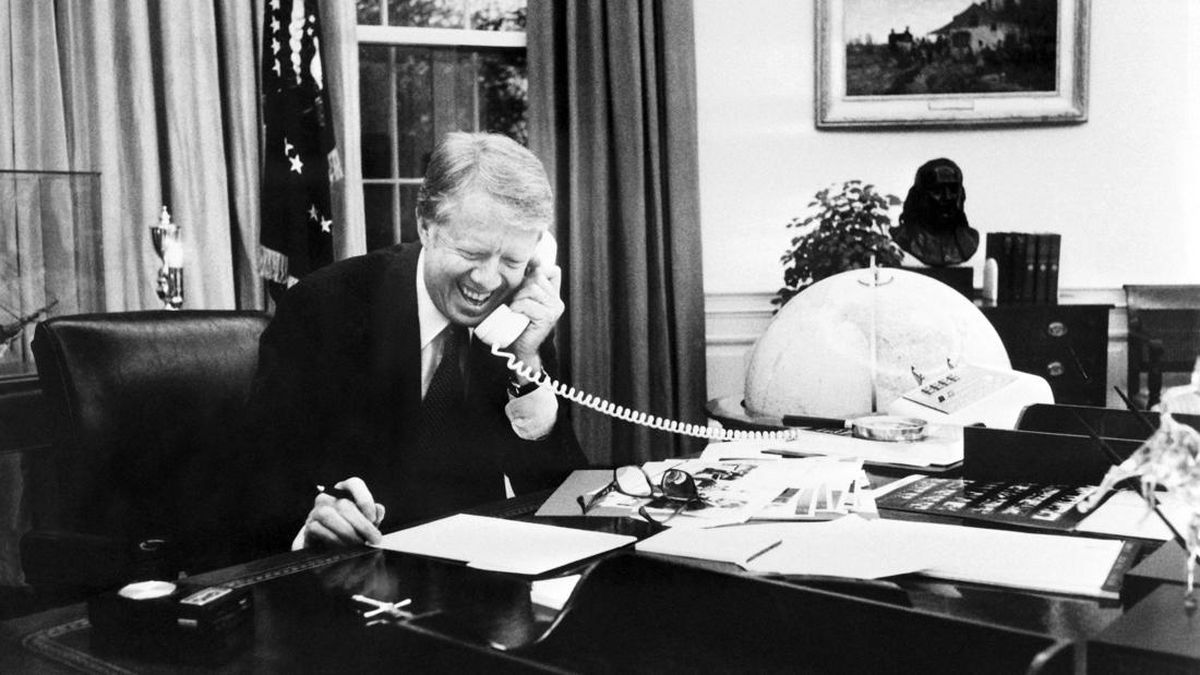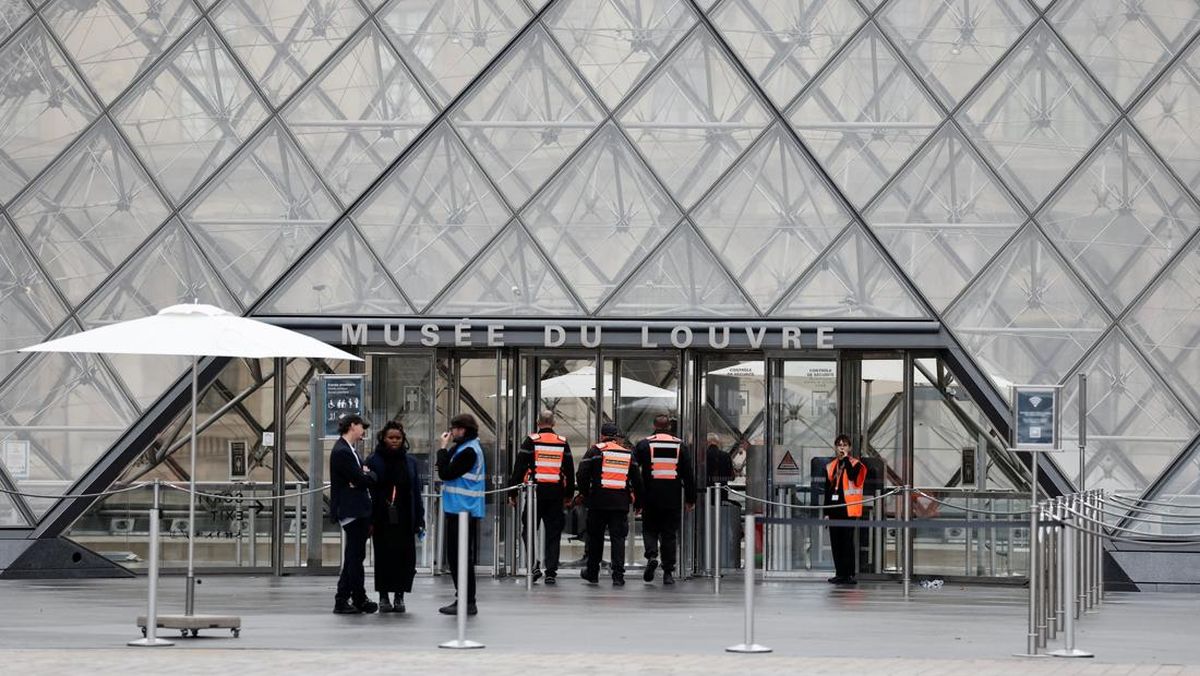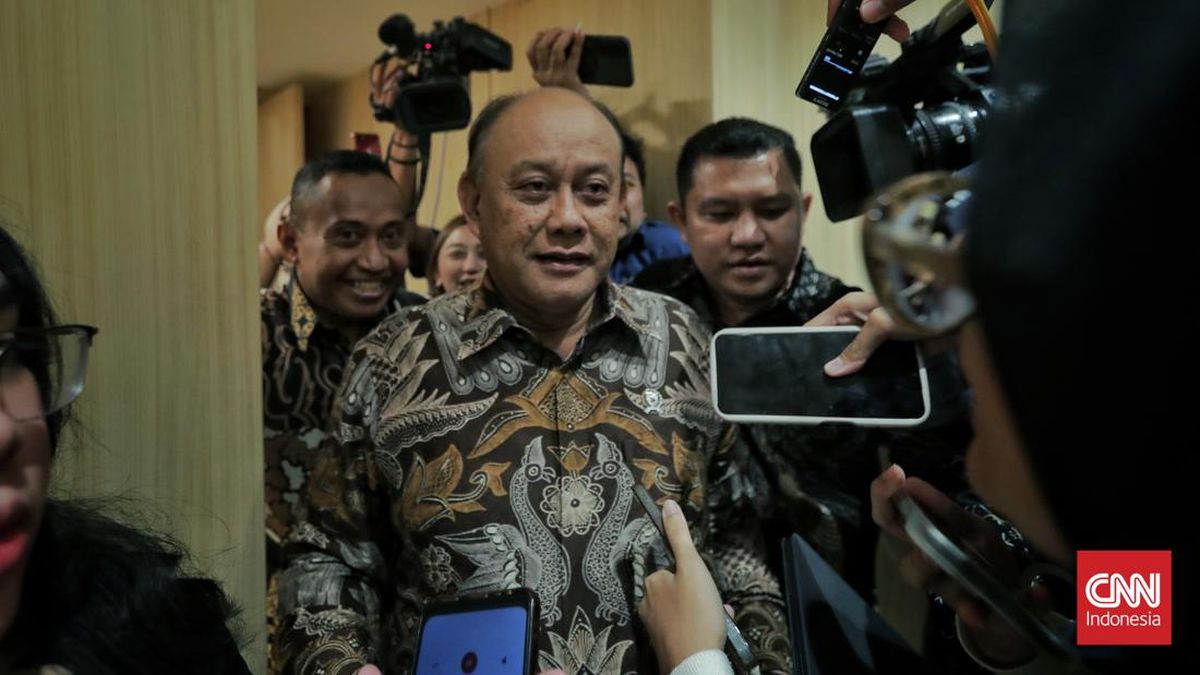Opinion
October 21, 2025 — 12.01pm
October 21, 2025 — 12.01pm
China’s economy is slowing, but it’s holding up better than expected in the face of Donald Trump’s trade war.
Even as China’s “Fourth Plenum” gathering of the most senior members of the Communist Party got underway on Monday to rubber-stamp Xi Jinping’s next five-year economic plan, the latest economic data shows Asia’s biggest economy grew 4.8 per cent in the third quarter, compared to the same period last year.
While that represents a slowdown from the 5.2 per cent growth rate in the June quarter, it keeps the economy on track to meet Beijing’s “around 5 per cent” targeted growth for this year. It’s also a little better than most external forecasters had expected.

Chinese President Xi Jinping is expected to double down on his long-term ambition of global domination of advanced manufacturing.Credit: AP
Beneath the headline numbers, however, the detail highlights the unbalanced nature of China’s growth, with the divergence between the domestic economy and a boom in exports – despite Trump’s tariffs – stark. The domestic economy is decelerating even as exports are surging.
Last week’s trade data showed that China’s exports were up 8.3 per cent last month, relative to September last year, despite a 27 per cent slump in exports to the US. Monday’s data showed a 6.5 per cent (year-on-year) increase in industrial production, which is clearly linked to that boom in exports.
The picture of the domestic economy, however, is quite different.
Even though Trump struck a deal with Anthony Albanese to get access to Australia’s plentiful reserves of rare earths, it will take many years before the US can shed its dependence on China’s rare earths and rare earth magnets.
Fixed asset investment – investment in infrastructure, factories and real estate – actually contracted 0.5 per cent, falling for the first time since the pandemic.
Consumption has slowed to 3 per cent growth as the impact of the trade-in policies – subsidies to boost retail spending – appears to be fading. September was the fourth successive month of decelerating retail sales growth.
The property sector also continues to shrink, with a 13.9 per cent fall in property investment relative to the same period last year.
New home prices fell 0.4 per cent from August and secondary market housing dropped 0.6 per cent. New home prices are now more than 10 per cent off their peaks and “used” homes nearly 20 per cent. Prices are now back to their levels before the pandemic and before Xi introduced the “three red lines” policy that blew up the market.
Loading
September was the worst month for the property market this year, which will cause come concern at the plenum as it is the major factor behind the weak levels of consumer confidence and spending that have resulted in deflation over the past two and a half years.
Nominal GDP growth of 3.7 per cent underscores how significant the rate of deflation has become and how threatening it is to any rebound in domestic confidence and consumption. At the heart of the weaknesses in the domestic economy is the continuing slump in the property sector, which Beijing has been unable to arrest.
The outcomes from the plenum will be closely watched to see if the party leadership plans to do something more substantial to boost domestic consumption than the piecemeal and relatively ineffective measures it has tried to date.
The strongest growth areas within China’s economy were, as expected, those targeted by (and subsidised by) the last five-year plan: electric vehicles, computers, communications and other electronic equipment manufacturing, ships and aircraft.
The 16 per cent growth, year-on-year, in the value-add of the auto sector highlights both the unbalanced nature of the economy and the structural imbalances within it.
Even though few, if any, of China’s auto manufacturers generate profits, they are producing a swelling tide of vehicles which - with domestic demand soft and endless cycles of price wars in the domestic market - have been pouring into export markets where there are better margins.
That is creating tension and pushback from within those markets, with other countries starting to move to protect their own auto industries from China’s cheap electric vehicle exports.
The auto sector is one of the industries targeted by Beijing in its campaign against “involution,” or over-capacity and the cut-throat competition that is helping to drive deflation.
The sub-economic nature of those exports, and exports of other manufactured products also suffering from involution, shows up in the trade data, where growth in the volume of China’s exports is significantly outpacing the increase in their value.

Chinese electric vehicle manufacturers are producing cars at breakneck speed.Credit: Bloomberg
Other sectors earmarked for consolidation are China’s coal and steel industries, both of which produced less last month as demand weakened and companies started to fall into line with Beijing’s demand to reduce overcapacity. Coal production was down 1.8 per cent year-on-year and steel output 4.6 per cent, which isn’t good news for Australia’s iron ore miners.
The increased reliance on exports for growth makes China vulnerable. It has largely shrugged off the direct effects of Trump’s trade wars, but the growing resistance to its exports elsewhere is a threat to its mercantilist strategy.
It needs a better balance between domestic activity and external trade, which is something the leadership has no doubt grappled with ahead of the plenum, although Xi is expected to double down on his long-term ambition of global domination of advanced manufacturing, along with self-sufficiency in the targeted sectors and their supply chains.
Loading
The plenum isn’t expected to set GDP growth targets for the next five years – the last one didn’t – but China needs growth of only about 4.5 per cent in the December quarter to meet the target of “around 5 per cent” that it began this year with.
It needs growth of around 4.7 per cent or 4.8 per cent a year for the next five years to meet Xi’s ambition, set as part of the “Made in China 2025” strategy – the plan that has driven China’s global leadership in electric vehicles, solar cells and shipping and seen dramatic increases in its development of artificial intelligence, semiconductors, a domestic aviation industry, biotech and other strategic sectors -- of doubling the size of economy by 2035, relative to its size in 2020 when the strategy was developed.
Trump’s trade wars could complicate China’s ability to achieve that goal, even though the US now represents a market for only about 10 per cent of China’s exports.
China thrived in a free trade environment, but Trump’s tariffs on everyone is forcing other economies to become more defensive and protectionist. That adds to the need for China’s to rebalance the relationship between domestic consumption and exports.
Loading
Trump and Xi are supposed to meet on October 31, with Trump identifying rare earths, fentanyl and soybeans as his priorities.
Tensions over China’s dominance of rare earths flared after China, in response to a US tightening of restrictions on sales of advanced semiconductors to Chinese companies, tightened and broadened its own export restrictions on rare earths and permanent magnets, which are essential to most advanced manufactures and critical to many military technologies. Trump then threatened a 100 per cent tariff on all imports from China.
Even though Trump struck a deal with Anthony Albanese overnight to get access to Australia’s plentiful reserves of rare earths, it will take many years before the US can shed its dependence on China’s rare earths and rare earth magnets and the vulnerability that has created.
Trump brought knives – his tariffs, and access to the US market – to the trade confrontation with China. Xi brought a bazooka and made it very clear that he, not Trump, has the leverage in the next round of trade negotiations.
The Business Briefing newsletter delivers major stories, exclusive coverage and expert opinion. Sign up to get it every weekday morning.
Most Viewed in Business
Loading



